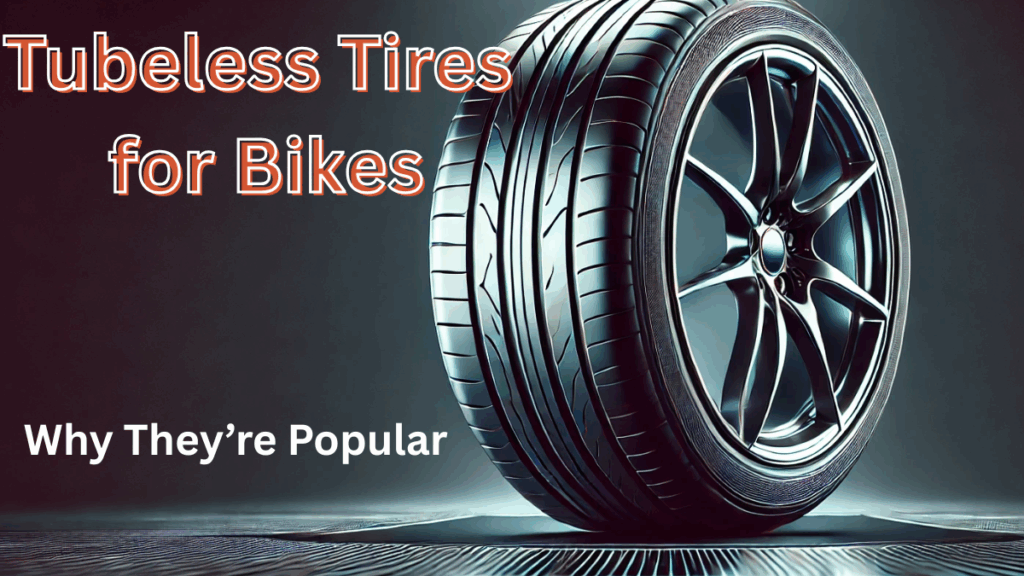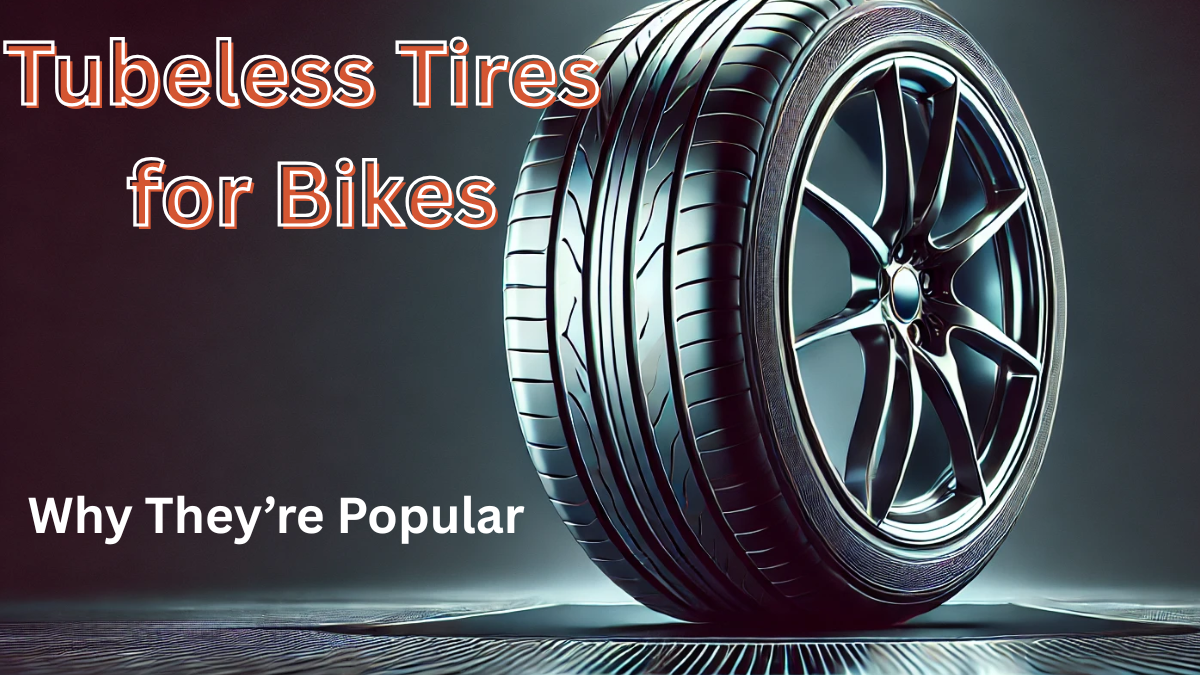When it comes to biking—whether it’s on rugged mountain trails or smooth urban roads—your choice of tires can make a huge difference. One of the most talked-about innovations in the cycling world is tubeless tires. If you’ve been hearing about them but aren’t sure what the hype is all about, you’re in the right place.
Let’s break down the benefits of tubeless tires for bikes, how they compare to traditional tube tires, and why more riders are making the switch.

What Are Tubeless Tires?
Tubeless tires are exactly what they sound like—tires without an inner tube. Instead of relying on a separate air-filled tube inside the tire, they use an airtight seal between the tire and the rim to hold air.
Why Are Tubeless Tires So Popular?
The rising popularity of tubeless tires isn’t just a trend—it’s a reflection of their real-world benefits. Here’s why cyclists are choosing tubeless setups:
Top Benefits of Tubeless Tires for Bikes
-
Fewer Flats: No inner tube means no pinch flats from compression.
-
Lower Pressure, Better Grip: You can run lower tire pressures for improved traction without risking pinch flats.
-
Lighter Ride: Reducing tube weight helps with speed and endurance.
-
Self-Sealing: Sealant inside the tire automatically seals small punctures.
-
Smoother Performance: Lower rolling resistance leads to better efficiency and a more comfortable ride.
Tubeless vs Tube: What’s the Difference?
To understand the pros and cons more clearly, here’s a comparison of tubeless vs tube tires:
| Feature | Tubeless Tires | Tube Tires |
|---|---|---|
| Puncture Resistance | Excellent (sealant seals small holes) | Poor (punctures often cause flats) |
| Tire Pressure Options | Can run lower pressure for grip | Requires higher pressure |
| Maintenance | Moderate (requires sealant checks) | Simple (easy tube replacements) |
| Weight | Slightly lighter overall | Heavier due to the inner tube |
| Initial Cost | Higher (requires special rims/sealant) | Lower (basic rims and tires) |
| Repair Process | Can be tricky trail-side | Easier tube swap on the go |
Tire Maintenance Tips for Tubeless Setups
Switching to tubeless doesn’t mean skipping maintenance. To keep your tires in top shape, follow these simple tire maintenance tips:
-
Check Sealant Every 2–3 Months
Over time, the sealant inside your tires dries out. Top it off regularly to maintain puncture protection. -
Keep an Eye on Air Pressure
Tubeless tires can gradually lose pressure. Check weekly with a gauge and adjust as needed. -
Inspect for Damage After Rides
Look for embedded debris, cuts, or wear on the tire surface to prevent major damage. -
Re-seat Tires if You Hear Leaks
If you hear hissing or lose pressure suddenly, reseating the tire and adding fresh sealant may be necessary.
Is a Tubeless Setup Right for You?
If you’re someone who enjoys:
-
Off-road mountain biking
-
Long-distance touring
-
Competitive cycling
-
Or just want fewer mid-ride flats
Then tubeless tires are definitely worth considering. While the initial setup may require a bit of effort and cost, the long-term performance and convenience benefits make it a smart upgrade for many riders.
FAQs About Tubeless Tires for Bikes
1. Are tubeless tires harder to install than tube tires?
Yes, installing tubeless tires can be more challenging initially. You’ll need tubeless-ready rims, compatible tires, sealant, and sometimes an air compressor. But once installed properly, they’re easier to manage in the long run.
2. What happens if I get a large puncture on a tubeless tire?
Small punctures are sealed automatically with the sealant. However, for larger punctures, you can use a tubeless plug or insert a regular tube as a backup.
3. How often should I replace the sealant?
It’s recommended to check and refresh the sealant every 2 to 3 months, depending on your ride frequency and local climate conditions.
4. Can I convert my existing wheels to tubeless?
Yes, many modern rims are tubeless-compatible. However, some older wheelsets may require rim tape or might not work at all. It’s best to consult with your local bike shop for compatibility.
Click here to learn more
